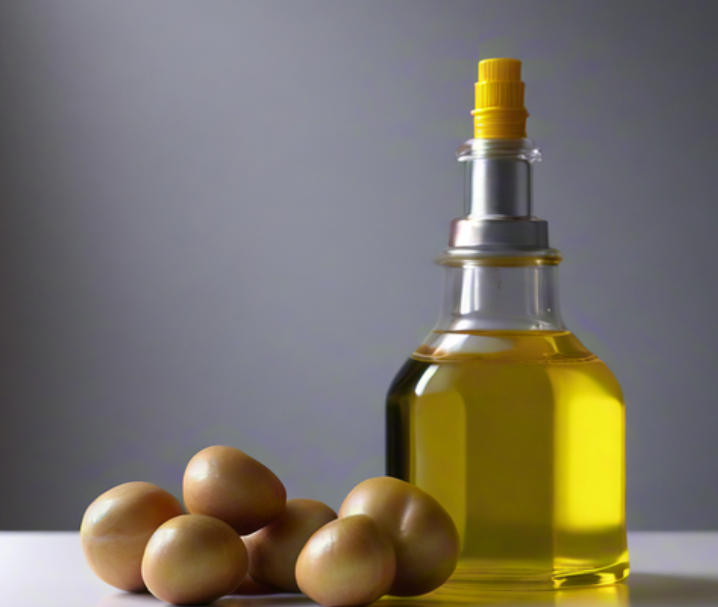Unlocking the Mystique of Glycerin: A Blend of Tradition and Modernity
In the vast world of cooking, there exists an ingredient that not only adds a distinct texture to dishes but also contributes to overall health — glycerin. Glycerin, or glyceride, is a term often used to refer to fats and oils that carry a sweet, yet unique taste. It holds a significant place in both traditional and modern cooking techniques.
I. The Origins and History of Glycerin
The journey of glycerin begins in ancient times, where civilizations discovered certain oils and fats that possessed a sweet flavor. Over the centuries, the techniques for extracting and utilizing glycerin have evolved, resulting in a diverse range of glycerin types. In various cultures and regions, glycerin has always been an integral part of culinary traditions.


II. Types and Characteristics of Glycerin
Glycerin is diverse, ranging from plant-based oils to animal fats and specially extracted lipids. Some popular examples include coconut oil, olive oil, and palm oil, each boasting unique flavors and nutritional benefits. These glycerins not only enhance the aroma and texture of dishes but also provide essential nutrients like unsaturated fatty acids and vitamins.
III. The Application of Glycerin in Modern Cooking
In modern cooking, glycerin finds its way into various recipes and techniques. From baking to stir-frying, from salads to braising, glycerin plays a crucial role. With the growing emphasis on healthy eating, high-quality glycerins like olive oil have become a preferred choice for many chefs and home cooks.
IV. Selection and Storage of Glycerin


When selecting glycerin, it’s essential to pay attention to its color, aroma, and consistency. A good glycerin should be clear, have a pure aroma, and a smooth texture. It’s also important to choose glycerin from reputable brands and sources to ensure its quality and safety. To preserve glycerin, store it in a cool, dry place away from direct sunlight and high temperatures to prevent oxidation and rancidity.
V. Glycerin and Health
While glycerin plays a vital role in cooking, excessive consumption of fatty oils can have adverse effects on health. Therefore, it’s crucial to enjoy the deliciousness of glycerin while maintaining a balanced diet. Different types of glycerin vary in their nutritional composition and suitability for different dishes, allowing us to make informed choices based on our preferences and needs.


Conclusion
Glycerin, a magical ingredient in cooking, offers a blend of traditional flavors and modern conveniences. Exploring the depths of glycerin not only reveals the beauty of culinary traditions but also opens the door to a world of culinary possibilities. Let’s continue to uncover the wonders of glycerin and enjoy its many benefits in our cooking adventures!








